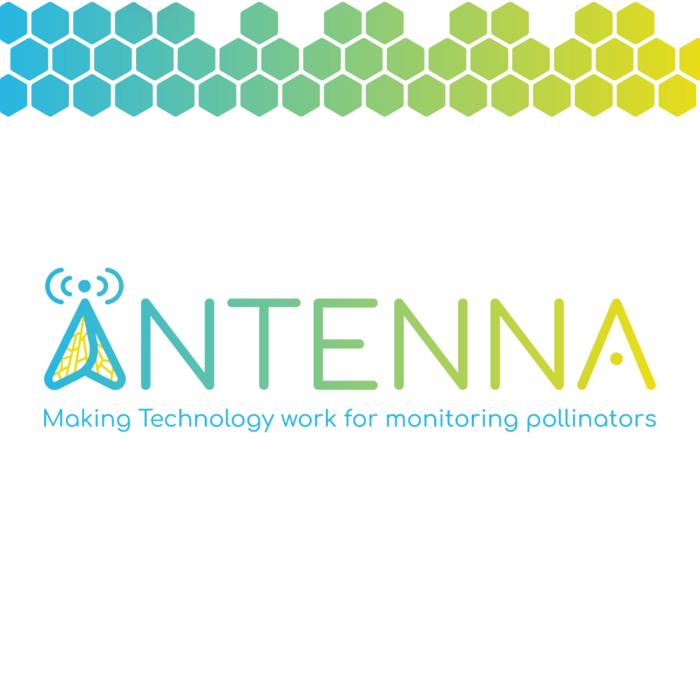In light of ongoing pollinator declines and their exceptional relevance for human food security, economy, and the functioning of ecosystems, the EU Pollinators Initiative (revised in 2023) has defined ‘establishing a comprehensive monitoring system’ as its priority action. A European-wide Pollinator Monitoring Scheme (EU PoMS) is currently piloted, which will represent a stronghold of transnational pollinator monitoring, though several major gaps remain. Modern technologies, such as robotics, computer vision, and molecular methods, can complement such approaches to help overcome key monitoring gaps by increasing taxonomic and geographic coverage, speed, accuracy, content and efficiency of identification, and temporal resolution.

Credit: ANTENNA Project
In light of ongoing pollinator declines and their exceptional relevance for human food security, economy, and the functioning of ecosystems, the EU Pollinators Initiative (revised in 2023) has defined ‘establishing a comprehensive monitoring system’ as its priority action. A European-wide Pollinator Monitoring Scheme (EU PoMS) is currently piloted, which will represent a stronghold of transnational pollinator monitoring, though several major gaps remain. Modern technologies, such as robotics, computer vision, and molecular methods, can complement such approaches to help overcome key monitoring gaps by increasing taxonomic and geographic coverage, speed, accuracy, content and efficiency of identification, and temporal resolution.
However, technology readiness differs among available tools and further research is needed to design, advance and adapt technology towards integrated transnational pollinator monitoring – together with context-specific guidance on how to best combine approaches based on their synergistic value and cost-efficiency. Also, integrated information from different monitoring approaches (‘traditional’ and novel) needs to inform near real-time early warning systems to allow for adaptive monitoring, conservation, and restoration interventions.
The overarching goal of ANTENNA is to fill key monitoring gaps through advancing innovative technologies that will underpin and complement EU-wide pollinator monitoring schemes and to provide tested transnational pipelines from monitoring activities to curated datasets and enhanced indicators that support pollinator-relevant policy and end-users.
ANTENNA will address the following specific objectives over the next three years:
- Advance automated sample sorting and image recognition tools from individual prototypes to systems adoptable by practitioners, through a co-design approach;
- Expand pollinator monitoring to under-researched pollinator taxa, ecosystems, and pressures;
- Quantify the added value of a broad range of novel monitoring systems in comparison and combination with ‘traditional’ methods in terms of information gains related to economic costs;
- Provide a framework for integrative monitoring by combining multiple data streams and for developing routines for near real-time forecasting models as bases for early warning systems;
- Upscale from local demonstrations to the implementation of large-scale transnational pipelines and provide context-specific guidance for the choice and combination of monitoring methods and indicators for policy and end-users.
On 14-15 March 2024, ANTENNA held its official kick-off meeting. Project partners came together in Halle, Germany for two days to outline objectives, discuss strategies, and set the groundwork for this venture.
The project is coordinated by the Helmholtz-Centre for Environmental Research and consists of eight prestigious institutions from across Europe. The meeting was an excellent opportunity for the team to meet and get to know each other. The two-day event set a strong foundation for the ANTENNA project, laying out clear objectives and fostering a collaborative environment to drive the project forward over the next three years.
Shortly after ANTENNA’s first meeting, the kick-off for the 33 research projects sponsored by the BiodivMon research call was held in Tallinn, Estonia on April 17, 2024, by Biodiversa+ and the Estonian Research Council (ETAG). A wide range of stakeholders attended the meeting: researchers, policy representatives, BiodivMon Evaluation Committee members, Biodiversa+ advisory board members, and representatives from partner organisations were among them.
Both kick-off meetings ensured the strong start of ANTENNA, as well as opportunities for future exchange and collaborations.
You can find ANTENNA’s website and social media platforms here.
ANTENNA was funded through the 2022-2023 Biodiversa+ and European Commission joint call for research proposals, under the BiodivMon programme, and with the funding organisations: Deutsche Forschungsgemeinschaft e.V.; BMBF-VDI/VDE INNOVATION + TECHNIK GMBH, Dutch Research Council, Innovation Fund Denmark, Agencia Estatal de Investigación; Fundación Biodiversidad, General Secretariat for Research and Innovation, Agencia Estatal de Investigación; Fundación Biodiversidad, Environmental Protection Agency of Ireland.



